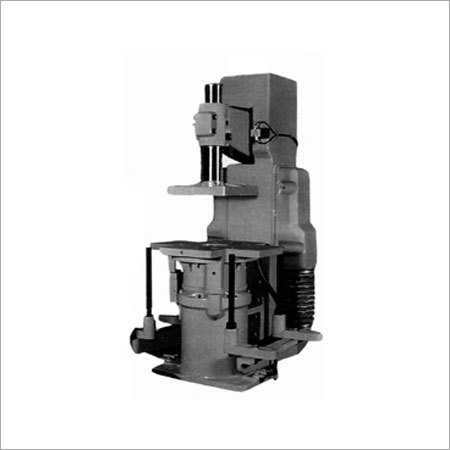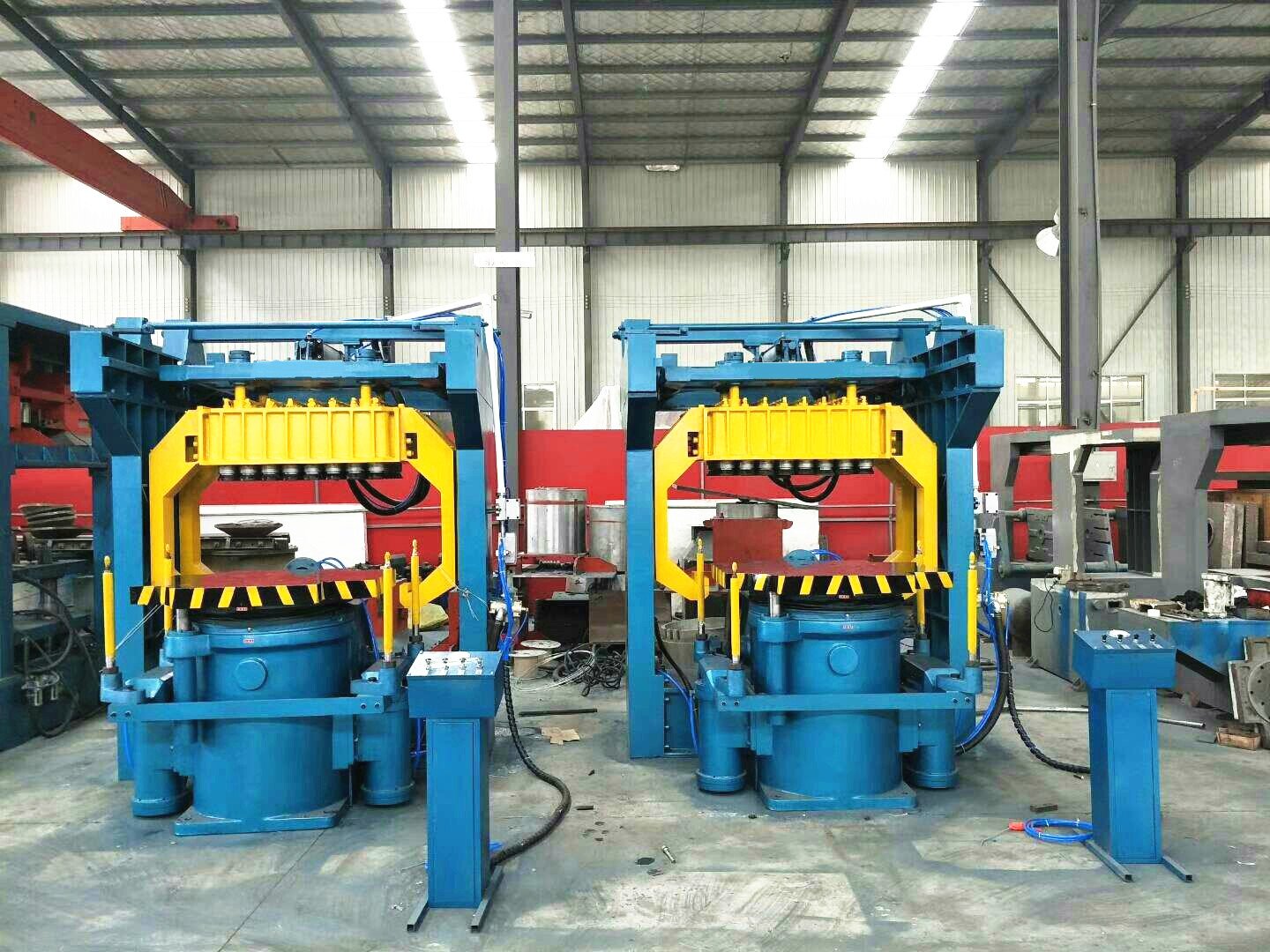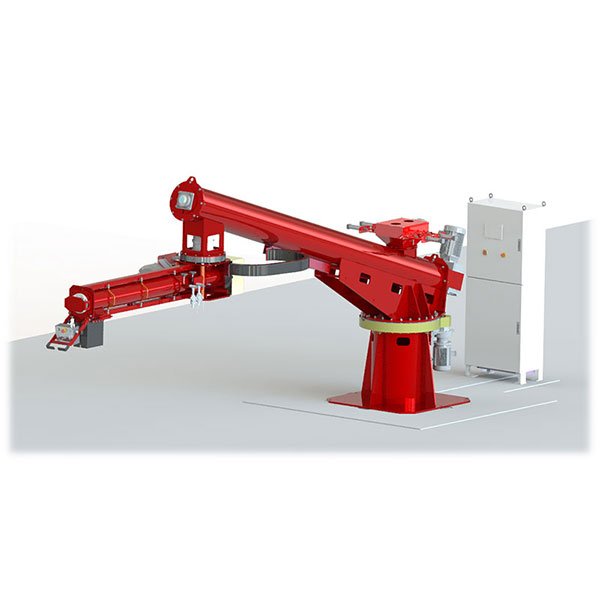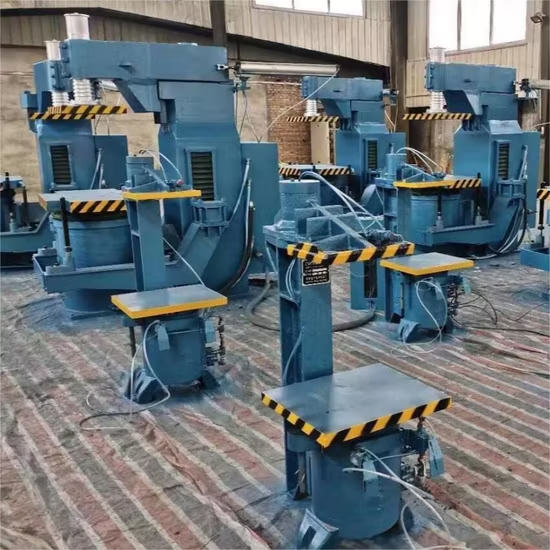
Ever felt frustrated after investing in equipment that underperforms or doesn’t fit your shop?
Choosing the right jolt squeeze molding machine can transform your foundry—giving you reliable molds, better casting quality, and a strong foundation for future growth.
Having worked with dozens of foundries upgrading from manual or outdated systems, I’ve seen what works (and what hurts). Here’s a practical guide based on real-world experience.
Understand the Basics of Jolt Squeeze Molding Machines
A jolt squeeze molding machine combines jolting (vibration) and squeezing (compaction) to form strong, uniform sand molds around a pattern.
Why does this matter?
- Improves mold strength and surface finish
- Reduces blowholes and dimensional variation
- Minimizes reliance on operator skill
In my experience, they strike a sweet spot: more precise than manual ramming, yet not as expensive as fully automated lines. Perfect for 500–5,000 pieces/month, especially for jobbing and small batch production.
| Molding Method | Cost | Accuracy | Labor Need | Best Fit |
|---|---|---|---|---|
| Hand Ramming | Low | Low | High | Small runs, prototyping |
| Jolt Squeeze | Medium | High | Medium | Small to mid-volume shops |
| Full Auto | High | Very High | Low | Large, mass production lines |
Assess Your Foundry’s Needs Before Choosing
The most common mistake? Buying without matching machine specs to real needs.
Key points to clarify:
- Production Target: Number of molds/day or month.
- Mold Box Size: Check platen and stroke compatibility.
- Casting Shape & Metal: Thin walls need higher compaction.
- Shop Layout: Ceiling height, space for flask handling, and access ways.
- Utilities: Air, power, and foundation requirements.
| Factor | Why It Matters |
|---|---|
| Volume | Drives capacity and cycle time needs |
| Mold Size | Influences platen size and stroke |
| Metal Type | Determines squeeze force and sand behavior |
| Labor Pool | Affects degree of automation needed |
| Floor Space | Avoids bottlenecks and layout headaches |
Key Features to Look For
A solid jolt squeeze machine isn’t just about basic jolting and squeezing—it’s the details that separate great from average.
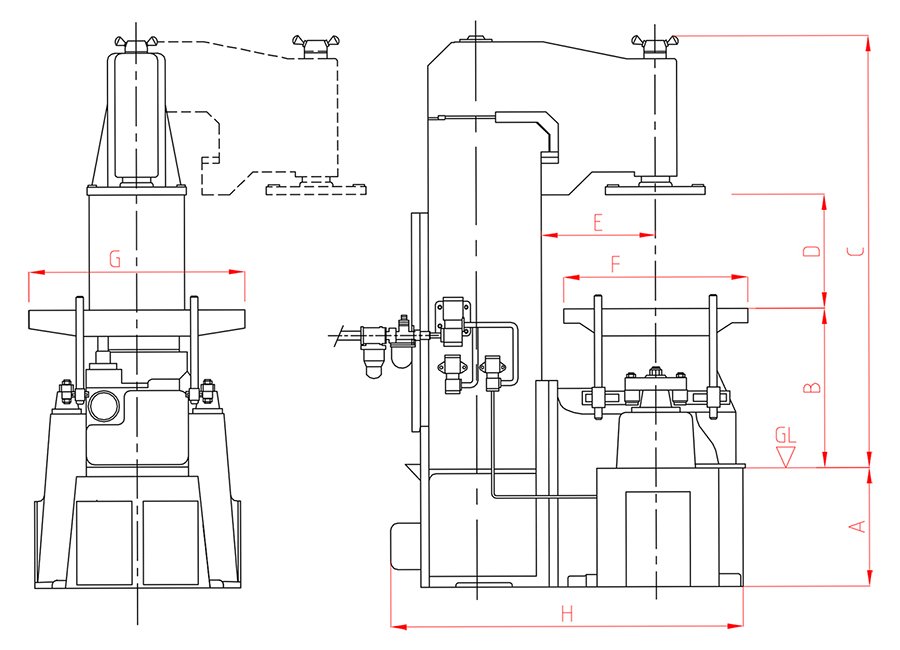
Critical features (learned from too many maintenance calls):
- Adjustable Squeeze Pressure: Essential for thin-walled or complex shapes.
- Robust Mold Box Support: Prevents shifting and misalignment.
- Efficient Air or Hydraulic Systems: Keeps cycle times consistent.
- Accessible Maintenance Points: Saves headaches (and money).
- Clear Control Interface: Reduces operator errors.
| Feature | Why You Need It |
|---|---|
| Adjustable Jolts | Adapts to different sand conditions |
| Open-Frame Access | Faster part changes and cleaning |
| Strong Platen Support | Avoids mold misalignment issues |
| Precise Controls | Better repeatability and finish |
In one recent project in Indonesia, simply choosing a machine with open-frame maintenance access saved the team over 120 hours/year in downtime.
Common Pitfalls to Avoid
Seen too often: foundries choose on price alone and pay double in downtime.
Mistakes to watch for:
- Underestimating future growth — a machine with no expansion options becomes a bottleneck.
- Ignoring air or power needs — leads to extra cost during installation.
- Over-automating too early — simpler semi-automatic models can be more practical.
- Choosing unknown brands without service networks — delays and poor support hurt when breakdowns happen.
If your foundry plans to expand in 2–3 years, it’s better to over-spec slightly now than to replace the machine entirely later.
Compare Different Machine Types
Each foundry has its own recipe. Here’s how to find your match.

| Type | Best For | Advantages | Limitations |
|---|---|---|---|
| Manual | Entry-level, prototypes | Simple, cheap | Slow, labor-heavy |
| Pneumatic | Medium volumes | Faster cycles, strong compaction | Needs stable air system |
| Semi-auto | Growth-stage shops | High consistency, faster | Higher upfront cost |
| Compact | Space-limited shops | Small footprint, easy install | Limited flask size |
From my field notes: a compact pneumatic model often offers the best balance for small-to-medium foundries that don’t have huge floor space but still need quality molds.
New vs. Used Machines
Should you buy new or used? Depends on your priorities.
New Machine Benefits
- Warranty & strong service support
- Updated safety systems
- Predictable long-term maintenance
Used Machine Benefits
- Lower initial cost
- Faster availability
- Good for backup or test lines
Used checklist (from many painful shop visits):
- Check platen flatness and slide wear
- Inspect jolt cylinders for leakage
- Verify control system safety features
- Confirm spare parts are still stocked
| Factor | New | Used |
|---|---|---|
| Upfront Cost | High | Lower |
| Downtime Risk | Low | Medium |
| Support | Strong | Variable |
Final Checklist Before You Sign

✅ Production volume confirmed
✅ Mold box and flask specs verified
✅ Shop space and utilities measured
✅ Automation level matched to labor plan
✅ Sand type compatibility checked
✅ Vendor service and spares reviewed
✅ Upgrade path possible
✅ Multiple offers compared
✅ Local references collected
✅ Demo requested
| Question | Why It Matters |
|---|---|
| Can I see it working? | Confirms real performance |
| Lead time? | Affects project schedule |
| Install support? | Avoids costly mistakes |
| Spare parts nearby? | Reduces future downtime |
| Expandable? | Future-proofing investment |
FAQs
What air pressure do pneumatic models need?
Typically around 0.5–0.7 MPa (70–100 psi), but confirm with the vendor.
Can I upgrade a semi-automatic machine later?
Yes, many designs allow add-ons like automatic draw or clamping systems.
How long does a well-maintained machine last?
With proper care, 10–15 years is common.
Can I reuse old flasks and patterns?
Usually yes—but always verify fit with new platen and guides.
Which sand types work best?
Green sand is standard, but some machines handle chromite or zircon with adjustments.
Conclusion
A jolt squeeze molding machine isn’t just a purchase—it’s a step toward stable production, better quality, and future growth. Choose carefully, plan ahead, and you’ll avoid the headaches I’ve seen too often in the field.


